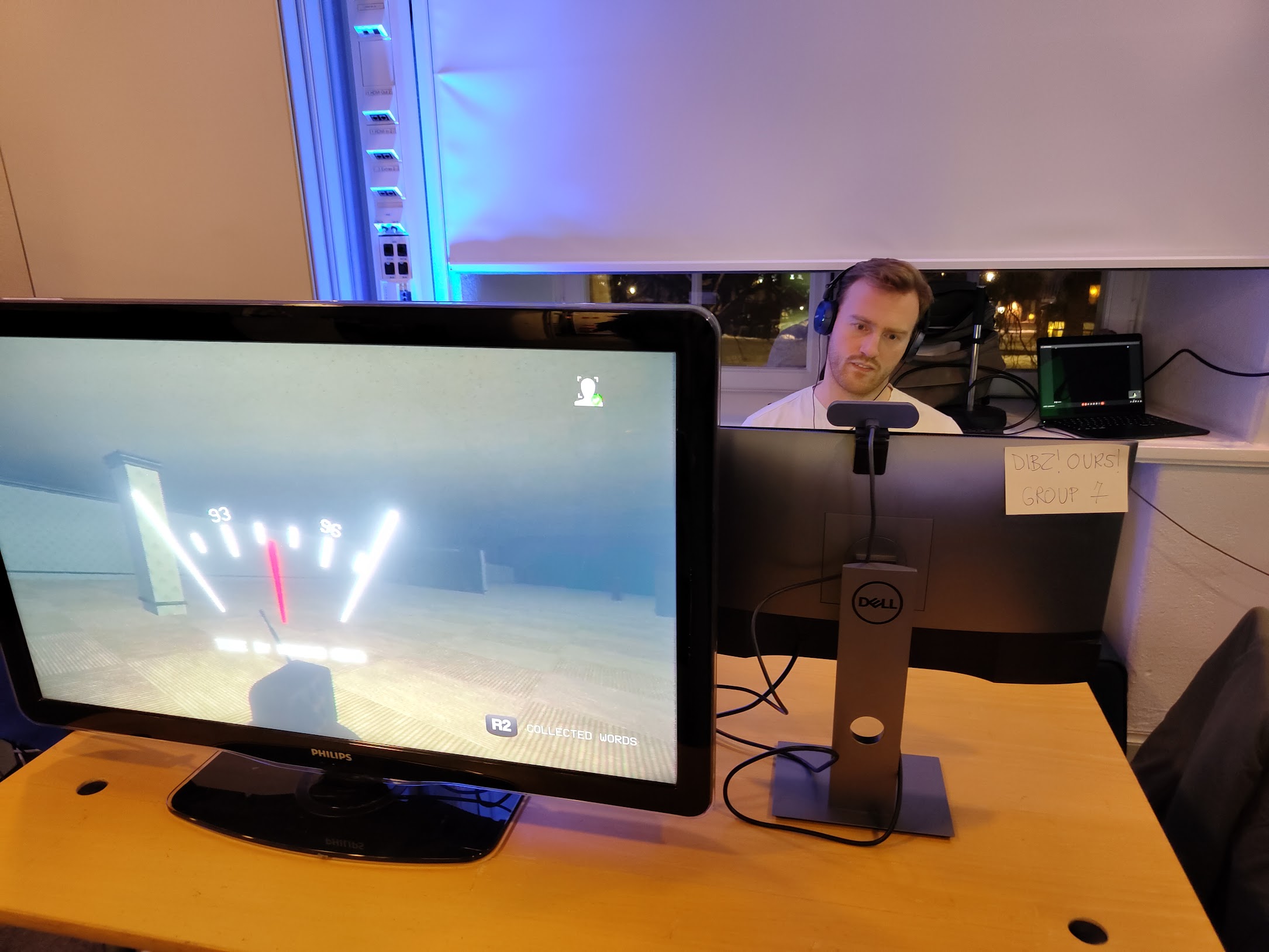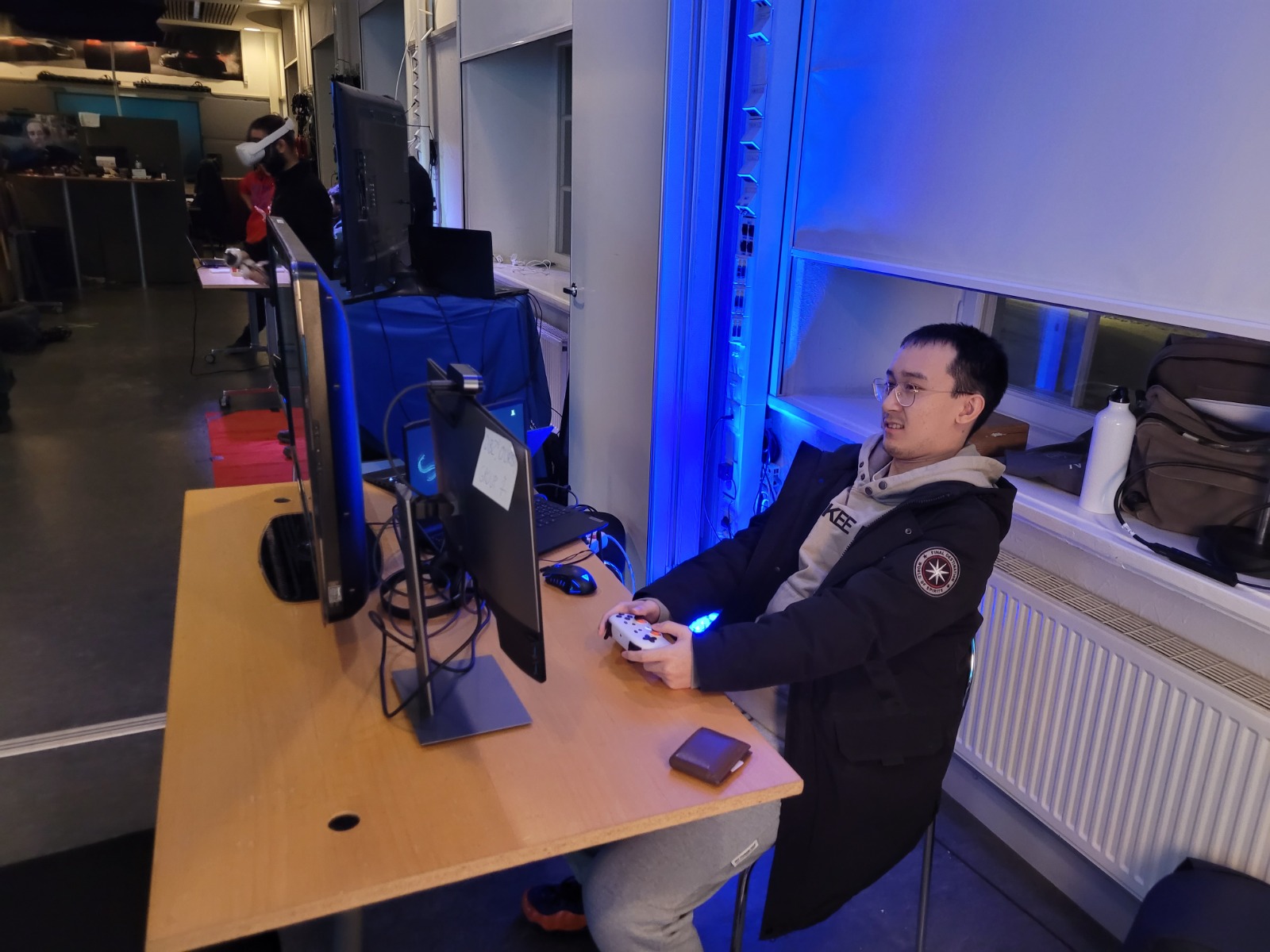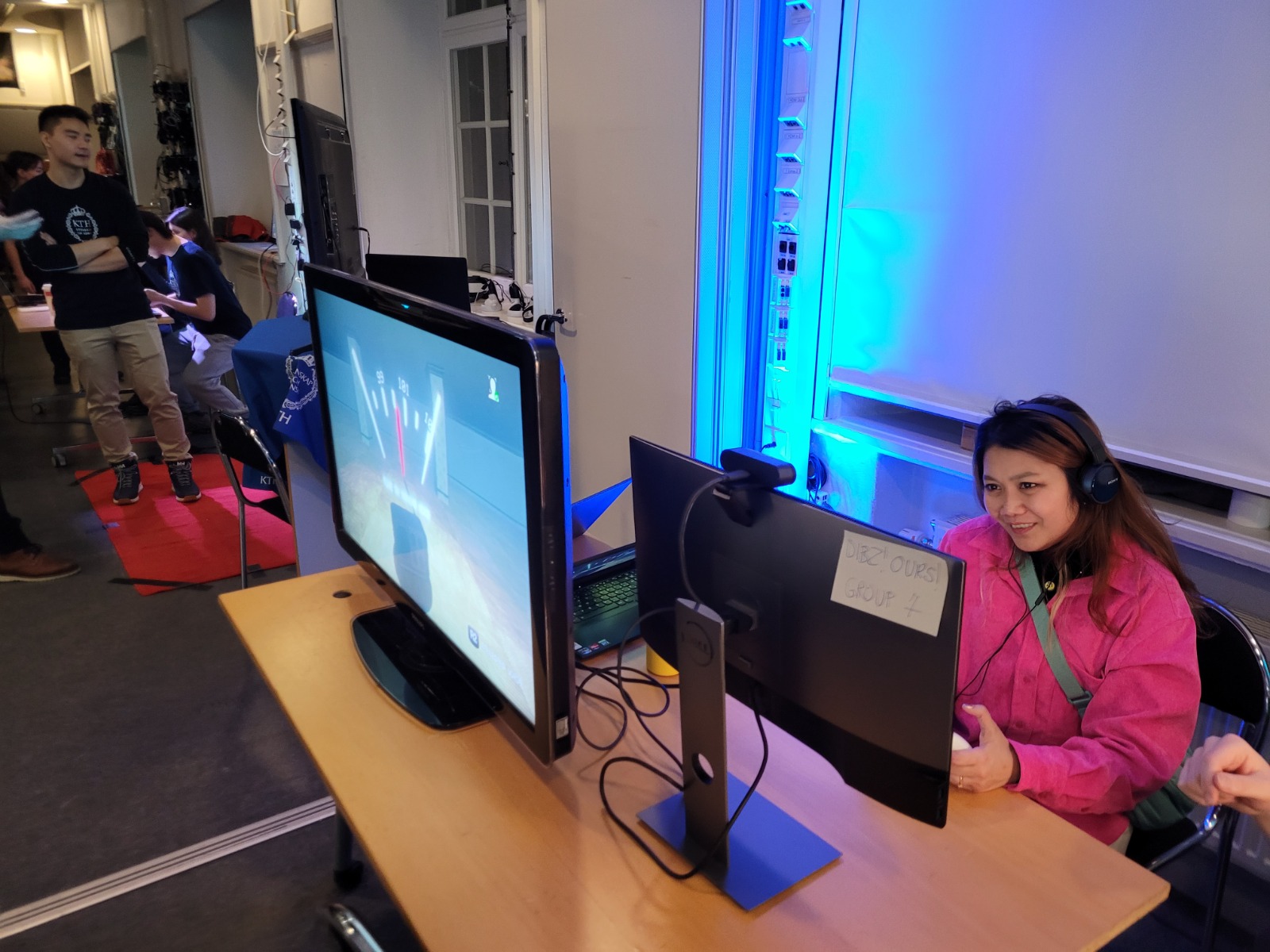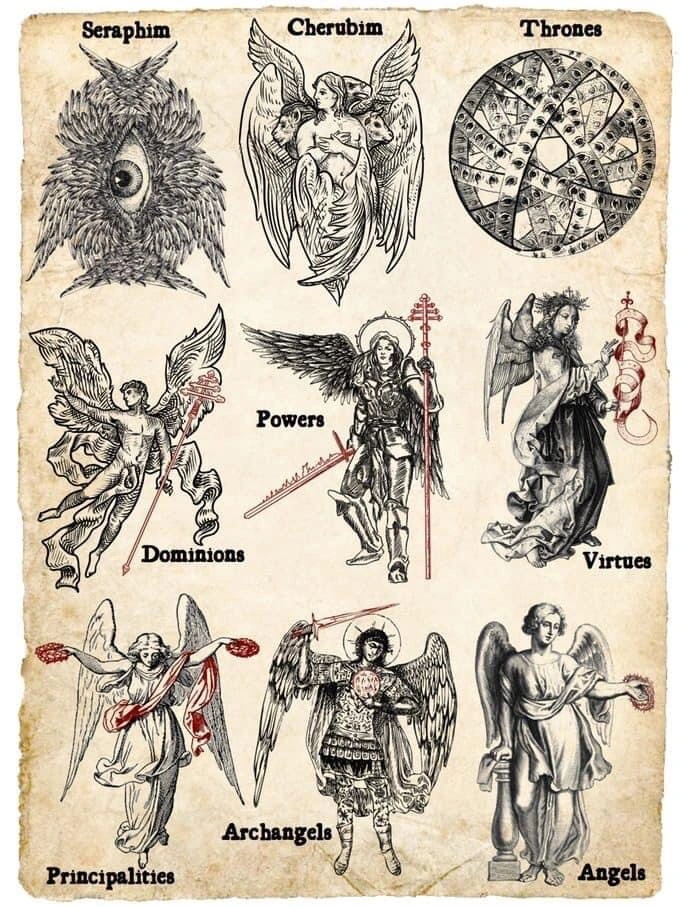Ferran Campos Llopart
Software Development, Graphics, Gameplay
ferrancl@kth.se
Something is not right.
You remember being tired. Very tired, actually. You were told to keep an eye on the experiment at all times, no matter what. Don't blink! Don't even blink!, joked the chief-scientist. To which he promptly added, seeing your surprised and slightly alarmed face, Just kidding, kid, don't be afraid. But, yeah, keep your eyes open, ok? I'll be back as soon as the system notifies me that the experiment is over.
Don't blink. For some reason, those words kept reverberating in your head. Haunting you.
Anyway, there wasn't much you could do. The experiment was taking so long, there was nobody around, and the monotony seemed almost like a fog, getting more substantial by the minute. Then it happened: exhaustion made its final assault, and you napped. It wasn't much. But you shouldn't have. You know you shouldn't have.
You woke up in alarm. You looked around. Nothing seemed to have changed, at first. But there was this uncanny feeling, this... stillness. Time seemed to have stopped, somehow. And then you looked at the terminal screen:
Speak passphrase to terminate experiment
Nobody said anything about passphrase. And shouldn't the experiment terminate itself?
Something is definitely not right.
You decide to go out and look for answers.
Only then you notice, and that sends chills down your spine:
The doors are gone. No, no just the doors. Everything is gone from the room. All that is left is the main control terminal (and that creepy duck).
There is no way out, except for the main entrance, straight ahead. But instead of the usual sleek metal doors, there is only a dark, long corridor. You wonder why the lights are behaving weirdly. You hear some creepy voice far away. What is it saying? Something about being afraid?
Well, let's do this, you tell yourself.
Strangely, you feel that there was a reply inside your head...
Don't blink.
Don't Blink! is an innovative first-person horror game with an unusual controller, besides the traditional joystick: your own eyes! Players will immerse themselves in an eerie, maze-like environment, pursued by creepy creatures that get closer every time the player blinks (detected by the webcam). The only way out of this terrorizing place is to find the correct passphrase and say it aloud to a computer terminal. But to do that, the player will first need to solve three creative puzzles, one for each word of the passphrase!
Check out the demo below! Read on to learn more about this project.





This project was developed for the 2023 edition of the "Advanced Graphics and Interaction" course at KTH Royal Institute of Technology.
The project's main goal was to learn and experiment with cutting-edge graphics and interaction technology. Other goals included learning about crafting an interactive horror experience and, for that objective, setting the desired atmosphere using shaders and creating immersion in a horror environment using soundscapes and 3D sounds.
One of the early decisions in developing the project was to use an innovative and advanced form of interaction outside the realm of XR (Extended Reality). Our team had just developed a previous project that used AR (Augmented Reality), and our classmates had developed many engaging experiences using AR and VR (Virtual Reality). Therefore, we felt compelled to explore other possibilities for advanced interaction beyond XR. One of the possibilities that piqued our curiosity was the use of Computer Vision techniques to detect the player's face, its movements, and blinks. That offered the right combination of technical challenge, learning potential, innovative and creative gameplay possibilities, quirkiness, and fun..
One significant and early inspiration for the project was the iconic Weeping Angels from the famous science-fiction series Doctor Who:
When they are not being observed by another being, Weeping Angels can move very quickly and silently. Their phenomenal speed allows them to close distances of metres literally in the blink of an eye. However, when they are being observed they become "quantum-locked", occupying a single position in space and becoming stone. In this state, they are frozen and difficult to destroy.
As for the visuals, from the outset, we decided to explore the aesthetics of liminal spaces and The Backrooms, to create an eerie environment for the game.
As we discussed the early concepts and ideas in supervision sessions with the teaching staff, many suggestions emerged. We ended up embracing the idea of designing our “monsters” according to the concept of biblically accurate angels:

Another idea in the supervision sessions we adopted was to apply old CRTs and VCRs effects in our visuals. Those were implemented with shaders and post-processing effects for our chosen game development platform, Unity.
The underlying challenge was the only four weeks in which we had to deliver a playable game. Our team already had developed proficiency with some of the technologies, techniques, and software that were needed, but there was a lot to learn. Particularly, the use of OpenCV, a computer vision library, posed an important challenge, since it was needed to detect the player's face and blinks — which played a crucial role in our game.
Beyond the technical challenges of designing and developing each part of the game (map, 3D models, interactions, movement, visual assets, animations, game programming, sounds, music, visual effects etc.), the fundamental challenge was to tune, test and weave all those components into a coherent and engaging gameplay. Setting the right tone, inducing players to disbelief suspensions to create a compelling horror narrative, balancing the game's difficulty, and designing engaging and creative puzzles. The possibilities were endless, but time was very much limited.
One unexpected and significant technical hurdle arose after successfully developing and compiling an OpenCV plugin for Unity on a Windows platform. Since some of our developers used Mac machines, we set out to port the plugin to Apple's platform. This task presented a unique set of challenges, and demanded extensive research, which involved delving into the intricacies of Mac's system libraries and ensuring compatibility with Unity's Mac version. This unforeseen obstacle not only tested our technical abilities but also our adaptability and commitment to cross-platform functionality.
Our project was informed by previous works, which helped us to find a direction for the project and to overcome our challenges:
Those works helped us understand concepts such as “Eye Aspect Ratio”, which made it possible to correctly design the eye blink detector plugin with OpenCV, as well as inspired and helped us balance and design the game in such a way as to set the proper suspenseful state that could effectively elicit fear from the player.
An important lesson is the constant need to manage expectations and anxieties around the project goals. Developing a game such as this, in a talented, well-connected, and motivated team, is an exciting creative endeavor. Ideas keep coming out, many creative routes present themselves to us, and it is easy to get carried away and forget that the project is in reality part of an academic course, with academic learning objectives, requirements, grading criteria, a limited time frame and part of an academic program that encompasses other, parallel courses with their own sets of demands.
Again, to overcome this, we relied on constant, open, honest communication, collaboration, teamwork, and managing our project expectations. The creative, fertile, and fun environment set up by the course's teaching staff and students, with their constant brainstorming, academic guidance, and feedback, was also very valuable.

Ferran Campos Llopart
Software Development, Graphics, Gameplay
ferrancl@kth.se

Malin Jauad Almeida Marques
3D Modeling, Animation, Sounds
malinjam@kth.se

Maria Zelenika
3D Modeling, Animation, Level design
zelenika@kth.se

Markus Wagner
Software Development, Graphics, Puzzles, OpenCV plugin
wagn@kth.se

Tiago Maranhão Barreto Pereira
Website, Particle Effects
tiagombp@kth.se